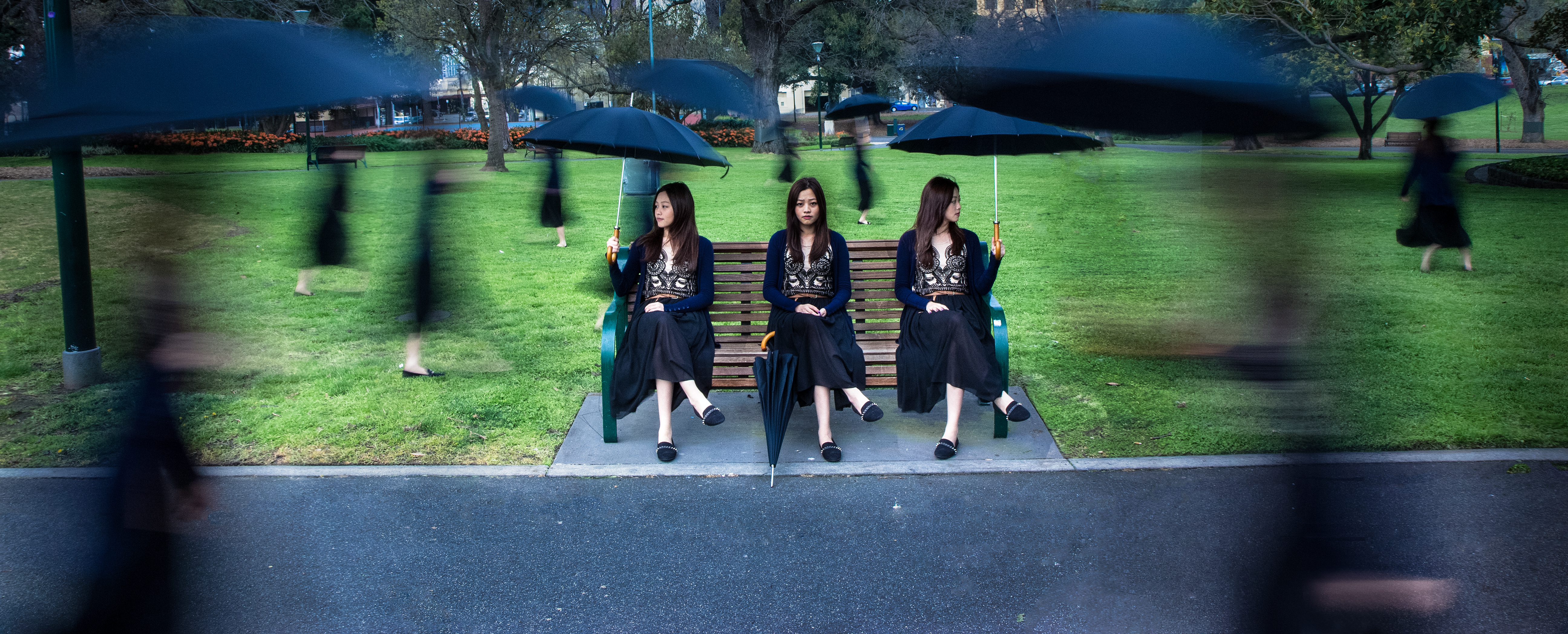Beijing, the great wall of China.

Carry over questions:
This week’s new questions:
One of the differences between industrial and information society is that in the latter both work and leisure often involve the use of the same computer interfaces. This does not mean that new media completely collapses the difference between producers and users, or that every new media text exemplifies Roland Barthes’ concept of “readerly text.” Rather, as we shift from industrial society to information society, from old media to new media, the overlap between producers and users becomes much larger. This holds for software the two groups use, their respective skills and expertise, the structure of typical media objects, and the operations they perform on computer data.
The technology help to develop the technique, people doing a lot of research and the technology invent the new technique. There are limits of technology, we need to discover the new filed to ensure the technology can follow the development of society and the world.
Unlecture questions:
How did Google overtake Yahoo as the most popular search engine?
-Google makes connection
-Linking out- specific content
-Priories link
Discussion points:
What defines database?
Can the paradigm and the syntagm be more the same then opposite in the new media?
The database logic
After reading the novel subsequently. Cinema privileged narrative as the key form of cultural expression of the modern age. The computer age introduces its correlate- database.
Database and algorithm
Not all new media are explicit databases. An algorithm is the key to the game experience to a different sense as well. As the player proceeds through the game, he or she gradually discover the rules that operates in the universe constructed. The player learns its hidden logic.
Recently, i have been involved in a musicall called the Butterfly lovers. It is a production that run by a student club in Melbourne Uni called the Chinese Music Group. I’ve been chosen as the female lead role in the musical, and sometimes i find it hard to balance my time and my musical rehearsals.
At the beginning, we usually spend 2 days per week during the weekends to conduct rehearsals, but towards the production week, i basically spent all my time on the musical and nothing else.
I’ve been so far behind with this subject right now but i’m trying my best to catch up. Even though the musical took up most of my time, but i’m still grateful to be a part of the musical, the friendship, applause and compliments that i have gained from the musical would last for a lifetime. This ticked another to-do-list of my life in melbourne.
In his essay Bill Seaman comprehends the underlying principle of database as a new meaning discourse “recombinant poetics”.
-According to Bill Seaman the modern new media artwork is focused at the generation of multiple experiences which emerge in the course of interaction between digital system and the visitor. This does not refer to multiple interpretations, subjectively developed by the visitor when observing a work of art, but rather a focus shifted from the observation of object (which represents a finite, closed system) to a process of generation of visitor experiences based on a certain framework (set of objects and rules), provided by an artist as a starting point of interaction. Experiencing through the activities of recombination and configuration are crucial.
-Bill Seaman points out that the roots of database and related recombination principles lie in the ancient art of memory and Renaissance theatres of memory. Interestingly, the ideas of theatres of memory are interconnected with predecessors of modern museums – cabinets of curiosities. Metaphors of database and memory are widely employed in the modern visions of digital libraries, archives and museums as a new forms of knowledge organization.
– in this essay Manovich is interested in the notion of database as a cultural form of its own and in the new way it is structuring our experience of ourselves and the world
– he is comparing and analyzing two opposite/competative forms of cultural expression: – the narrative (key form of cultural expression of the modern age, privileged by novel and cinema) – the database (structured collection of individual items/data, where every item has the same significance as any other, privileged by the computer age)
– the world appears to us as an endless and unstructured collection of images, texts, and other data records, it is only appropriate that we will be moved to model it as a database. But it is also appropriate that we would want to develops poetics, aesthetics, and ethics of this database.